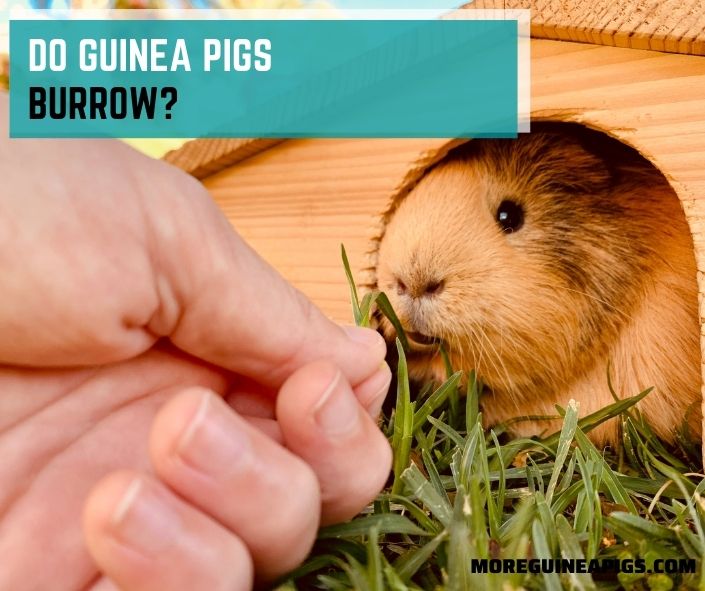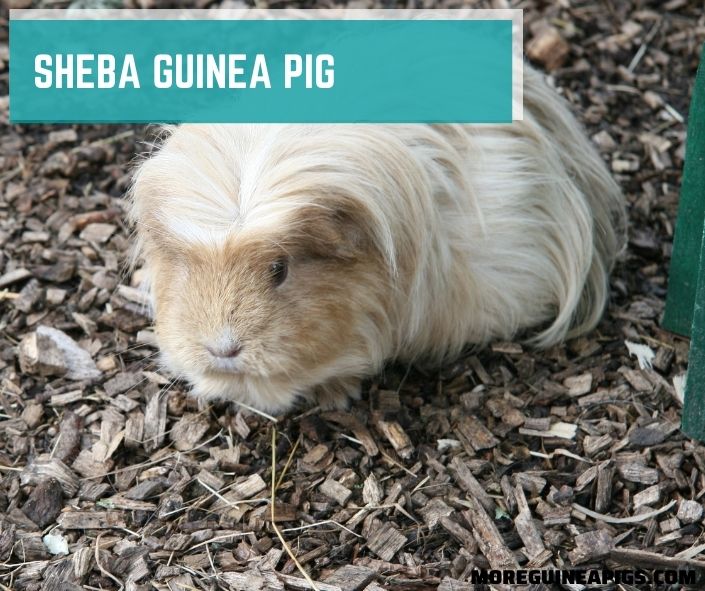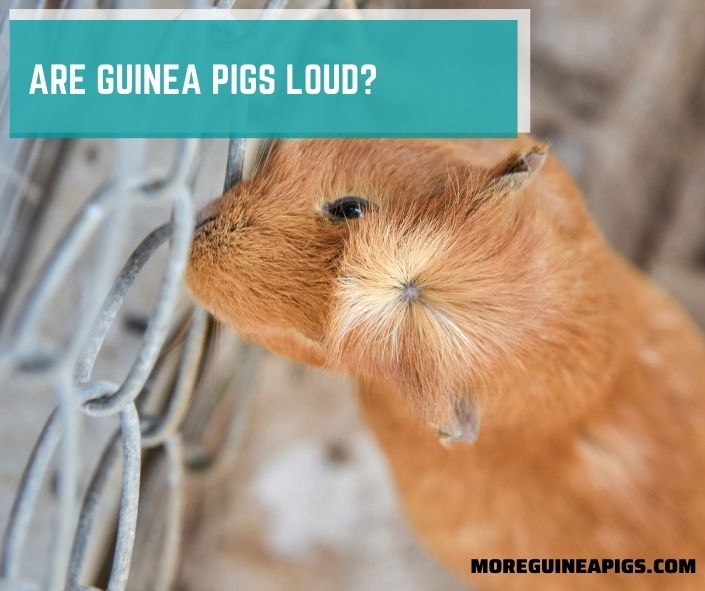Do Guinea Pigs Need Cage Mates? 4 Steps to Introduce New Guinea Pigs
Are you looking for guinea pigs as your next pet and don’t know if guinea pigs need cage mates or not?
Guinea pigs are little cute pets that everyone will love. They are very social with other guinea pigs and people. If possible, get guinea pigs in pairs.
Guinea pigs are happier in each other’s company. They play many games together. And since they are vocal, they just need that partner to talk to. If you have just one cavy in the cage, you may consider giving it a friend.
Find out how to introduce a new cage mate and all other information you should know about guinea pigs and companions.
Do Guinea Pigs Need Cage Mates?
Yes. Guinea pigs thrive well in the company of each other, though they can also live as lonely pets. If you choose to keep your guinea pig without a companion, increase the interaction between you and the pig.
Guinea pigs are very social animals. They need a companion for social interactions and as a playmate. Males and females or same-gender piggies can live together.
However, if you choose a pair of the opposite sex, they should be neutered if you don’t want to raise little piggies.
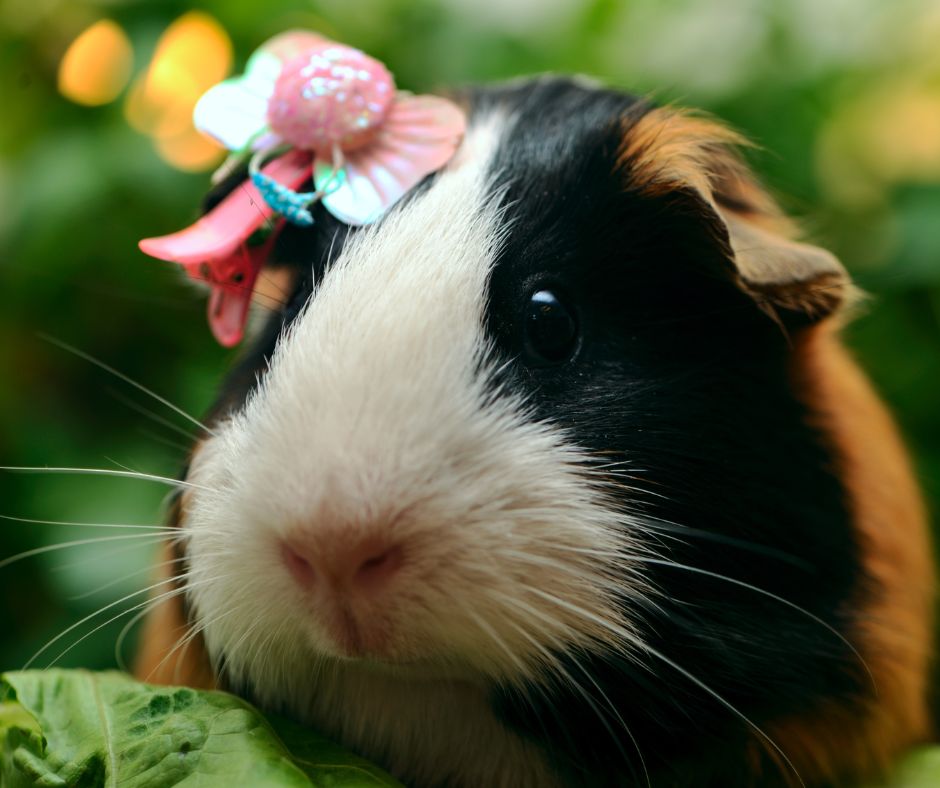
When Does A Guinea Pigs Need A Companion?
Guinea pigs need a companion right from birth. Usually, siblings that grow together get along pretty well. Even two males often believed to be rivals, can live in one cage.
What matters is the personality of the guinea pigs. If you are raising guinea pigs in groups, consider one male and a couple of females.
Another easy match is a baby and an adult guinea pig. The rejection rate is low when you choose guinea pigs of different age groups. Also, think about the compatibility of guinea pigs you want to bring together.
For example, if you have an active guinea pig, find an equally playful companion to be the playmate. And if you have a seemingly dominant and confident guinea pig, look for a quieter and docile partner.
Guinea pigs in pairs or groups are generally happier than those in isolation. They are social animals that get vocal. If the two are compatible, they will communicate with each other.
And if they are happy, they will make squeaking sounds to express their excitement. That is what you cannot give your pet.
What Pets Do Guinea Pigs Get Along With?
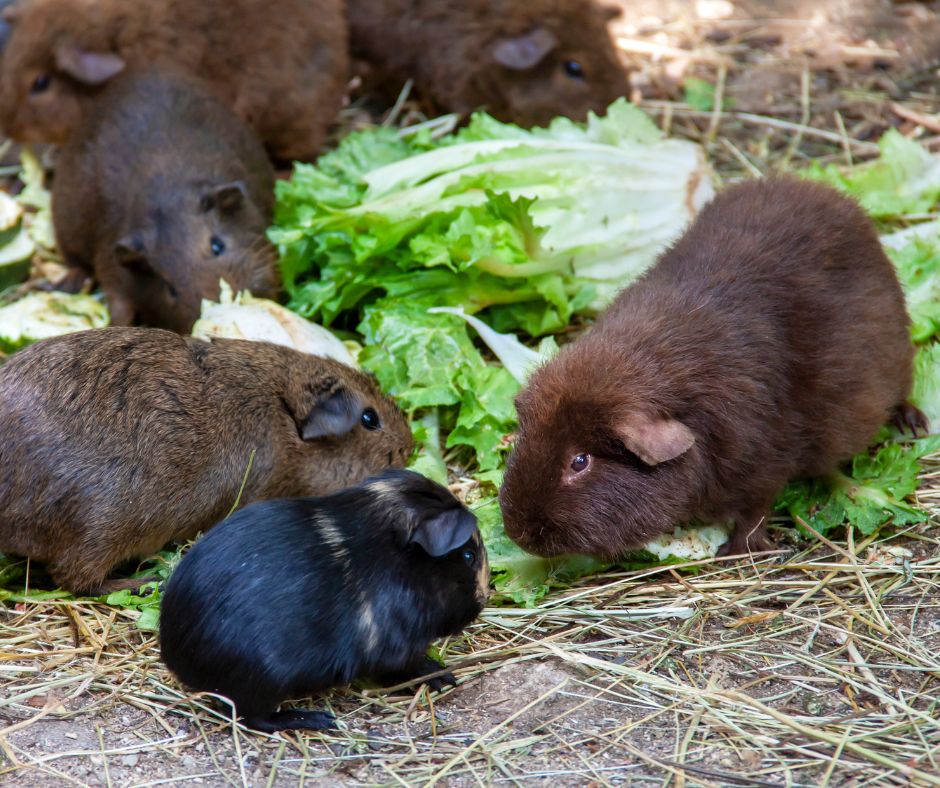
Though guinea pigs are social, they are often incompatible with other pets. The rejection rate is high, which sometimes results in fights. Other pets may also contain disease-causing microorganisms that infect guinea pigs.
If you are thinking of introducing a new pet species to your guinea pigs, think again. Guinea pigs only get along with other guinea pigs. Consider the following cases:
Hamsters and guinea pigs live together? No. Although the two pets look cute and seem to be a perfect match for each other, they never get along.
They just have different personalities. Guinea pigs are social and playful, while hamsters are solitary creatures. You can keep both together but not in the same cage.
Can rabbits and guinea pigs live together? No. Once again, rabbits and guinea pigs look alike but can never share a cage. Rabbits have different feeding habits even though they have nearly the same diet.
They are also aggressive and often bully guinea pigs. Rabbits have Bordetella bronchiseptica bacteria that can cause severe pneumonia in guinea pigs.
Can bunnies and guinea pigs live together? No. Bunnies and guinea pigs use different languages for communication. If caged together, they will never understand each other. They can, however, get along because they are both social animals.
Can chinchillas and guinea pigs live together? No. Chinchillas and guinea pigs are just not compatible and should never share a cage.
They have different nutritional requirements. While guinea pigs are comfortable leafy green vegetables, chinchillas cannot digest them. Also, the two may fight.
How Many Guinea Pigs Can Live Together?
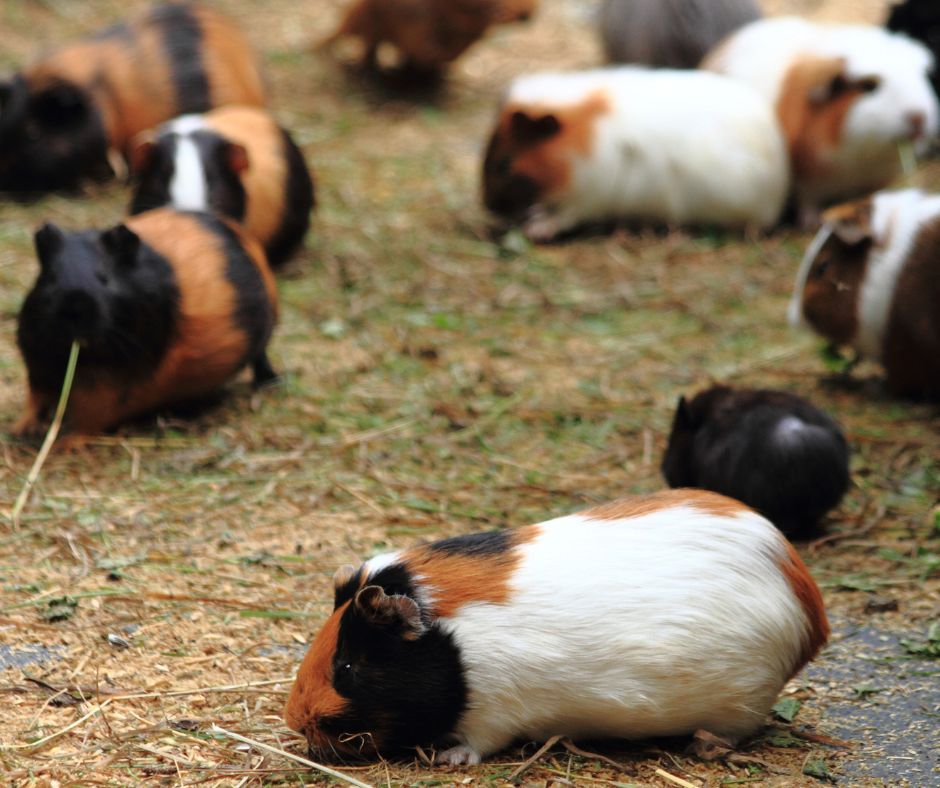
Guinea pigs can live in groups, pairs, or as lonely animals. In the wild, you will often find them in a group of 10. But if you are keeping them as pets, choose a pair or a trio. You can also consider a group, but don’t exceed five.
For guinea pigs living in pairs, you can consider all-female, all-male, or male and female. For the latter option, consider neutered ones.
Otherwise, you will be raising many guinea pig babies. For trio or group, choose all females or females and one male. Don’t put two or more males in a cage with other females as fights may break out.
Two male guinea pigs can live together in a cage if they are siblings or were introduced to each other when young.
Also, you may consider caging guinea pigs of different ages together. If you have an adult one, look for a young guinea pig. There will be high chances of the two getting along.
The compatibility of two or more guinea pigs does not depend entirely on age or gender. Of utmost importance are the personalities of the pet. You can have two adults in the same cage without any problems if they complement each other.
4 Safety Rules When Introducing Guinea Pigs Cage Mate
Whether your guinea pig will accept the companion or reject it depends on the preliminary steps you have taken.
As a pet owner, you have to consider gender, health, cage space, and constant monitoring of the duo for any signs of aggression. Lastly, don’t insist on the union to work. When it can’t be, better separate the two guinea pigs.
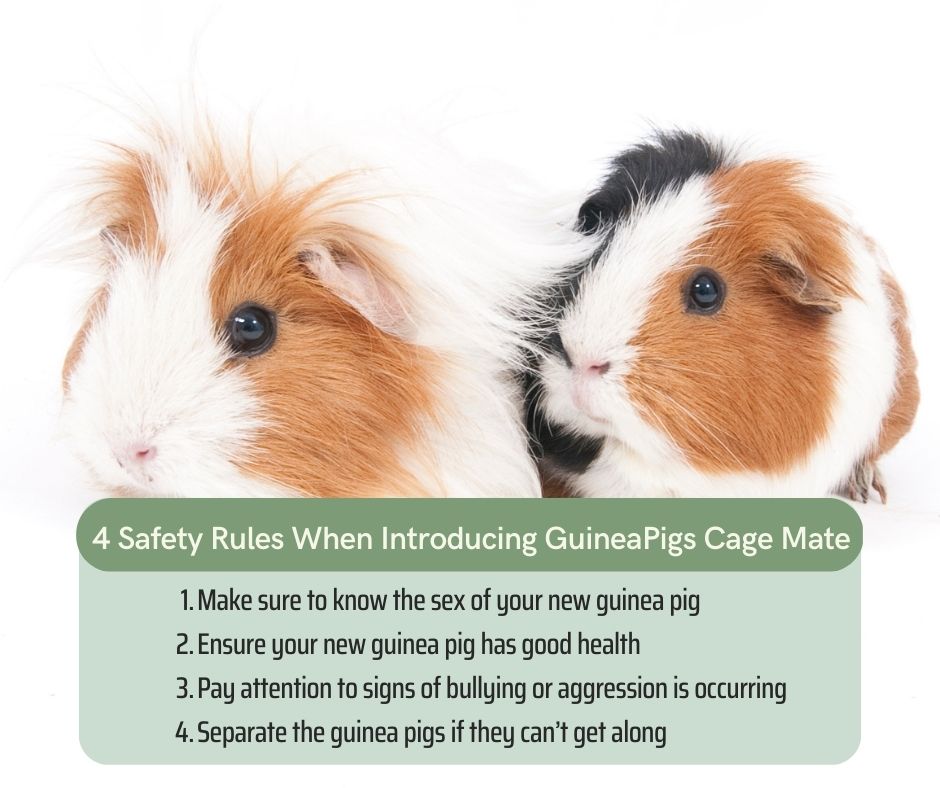
1. Make Sure to Know the Sex of Your New Guinea Pig
Before you look for a companion for your cavy, know its gender. That will help you decide which gender to introduce to the one you have.
As mentioned, two male guinea pigs of the same age may not get along quite well. One will seek dominance, which can cause fights and injuries.
If you have a male, consider a female. But, of course, you should know how to control their reproduction. Two females get along pretty well. So, check gender before making the next step.
2. Ensure Your New Guinea Pig Has Good Health
First, ensure the guinea pig you already have is healthy. Secondly, check the newcomer’s health before introducing it into the cage.
That way, you will prevent the possible spread of any disease between the two. Only healthy guinea pigs should be caged together.
Space is a necessity for guinea pigs because of their playful nature. They need a place to eat, sleep, explore, and play.
Consider a cage size of 7.5 square feet for one cavy and 10.5 square feet for a pair. If you keep them in a group of 3-4, make a cage size of 13 square feet.
A spacious cage is easy to clean and gives guinea pigs plenty of room to play. Don’t congest many cavies in a small space as they will start competing.
AmazonBasics Canvas Bottom Pet Cage with Divider Set, Black
3. Pay Attention to Signs of Bullying or Aggression Is Occurring
Once you have introduced a new member to the cage, monitor its interaction with the older one. Do they get along well, or do you suspect something is wrong?
Look for signs of physical fights, teeth chattering, chasing, hiding, or mouth opening as negative signs of compatibility.
Bullying is prevalent when one is weak. The dominant guinea pig will take advantage of that to take everything to itself. Look for bite marks, bloodstains, or when one stays away from the other.
4. Separate the Guinea Pigs If They Can’t Get Along
If the two guinea pigs are not compatible, separate them. The earlier you do that, the better for all of them. Observe any signs of aggression, bullying, or incompatibility and act accordingly. Some fights can be fatal if you don’t intervene on time.
How To Introduce New Guinea Pigs?
Unlike other pets, introducing a new guinea pig into a cage with another is a lengthy process. You don’t just throw the newcomer in and expect the magic.
Before sharing the guinea pig cage, they should know and get used to each other. You can do that in the following four steps:
Seeing Each Other
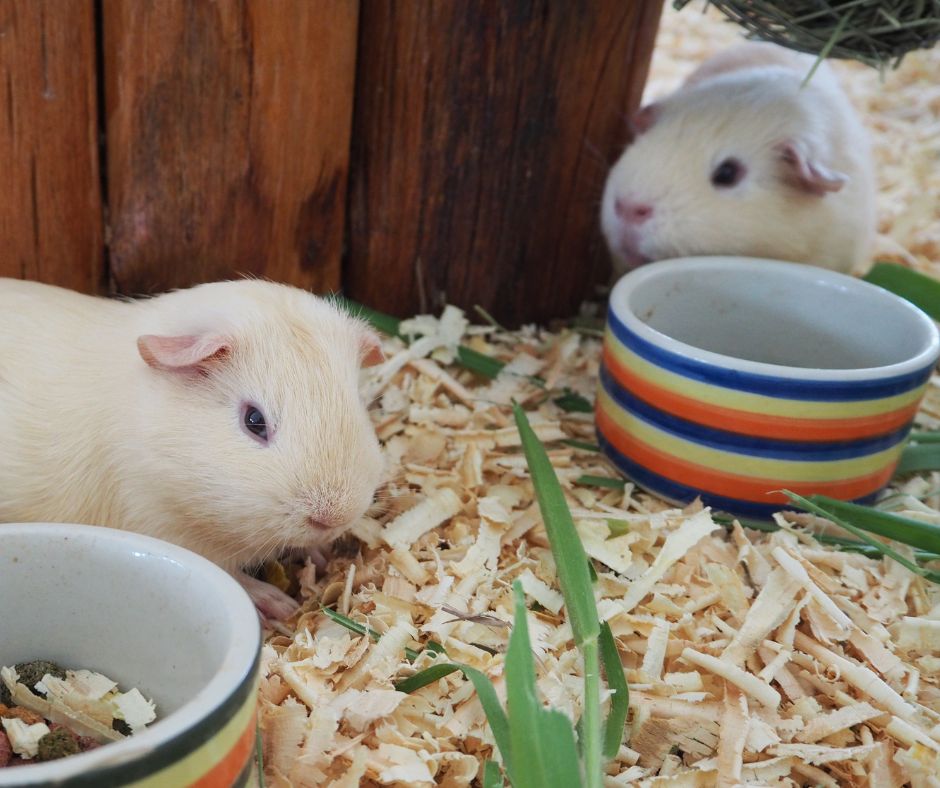
Even if you intend to raise the two guinea pigs in the same cage, you should start with two separate cages. Place each guinea pig in its cage and keep them separate but still on sight.
The distance between the two should allow each cavy to see and smell each other’s scent.
The next trick is to start exchanging their bedding and toys. That makes their scents intense, and they get used to it before the two actually come face to face with each other.
Also, consider swapping their cages at least once a day. The scents prepare them for the meeting that is about to happen.
Move Guinea Pigs Closer
It is time to observe each other more closely. Reduce the distance between the two cages to allow both guinea pigs to clearly see and smell each other. The guinea pig cages should be in contact to let the pets get into contact but with the cage barrier separating them.
Closely monitor the behavior of the two as they approach each other across the bar. If you see them getting aggressive or picking a fight, increase the distance.
Otherwise, your pets should happily greet each other by sniffing one another. Use that opportunity to give them a snack to bring them even closer to each other.
Continue monitoring for any positive or negative signs of compatibility and adjust accordingly. They may start squeaking or jumping in the air to express their happiness, meaning the two are ready to meet face to face.
Meeting Face-To-Face, No Barrier Between Them
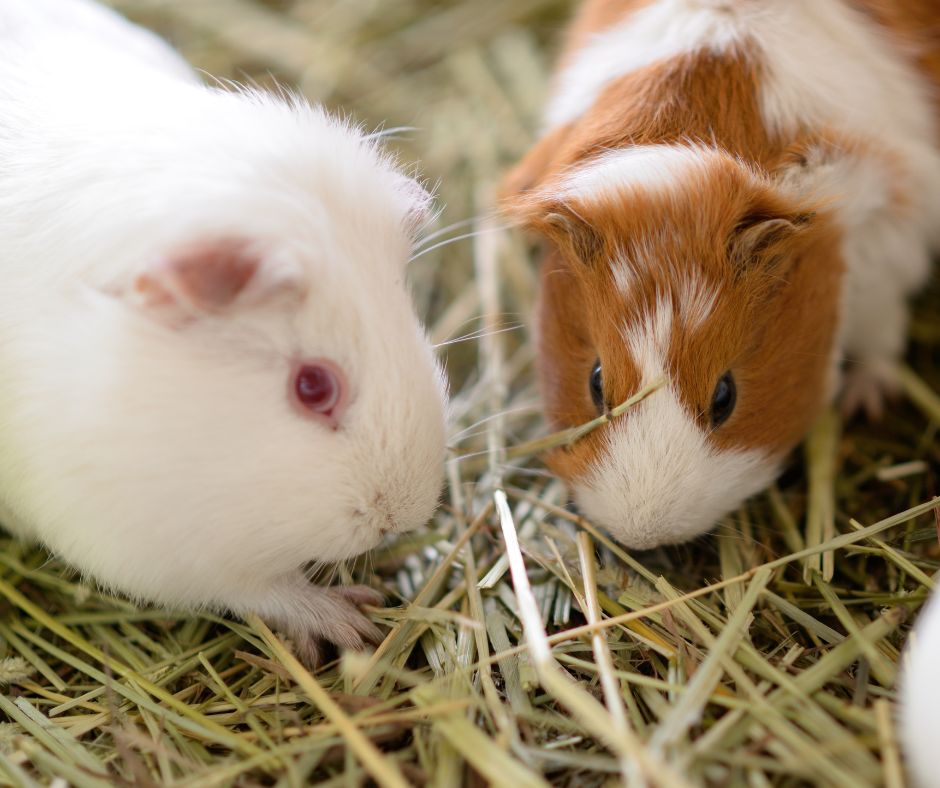
Advance to this step only if your pigs showed possible compatibility in the previous step. To increase the success by setting a neutral meeting ground.
None of the guinea pigs should feel any territorial encroachment that may tempt a fight. Think of it as meeting someone for the first time in a public place.
Even with the success of previous steps, this one can go horribly wrong. Release the guinea pigs in the new territory at once and keep an eye on them. Check out for any signs of aggression or incompatibility.
If they get along, you will hear the same squeaking noises and see lots of interactions such as grooming, sniffing, or following each other. Watch for another 20 minutes and leave them on their own, but keep checking on them once in a while.
If the guinea pigs start fighting or biting each other, your intervention is needed. Throw a towel over one and introduce a barrier or carry it away from the new territory.
You need to start the introduction from step one and give them more time to exchange scents and glances.
Some guinea pigs settle and create stronger bonds with each other very quickly than others. Don’t feel upset that yours do not move along after the first trial. Remember the rules of training guinea pigs: patience and repetition.
Live Together
Your guinea pigs are ready to move in together if they are peaceful in the neutral territory. Let them stay in their new home for some weeks while still observing. Give them food and toys to see how they react to sharing.
Once the test is over, consider the new cage that will house the duo or trio. If the initial guinea pig cages are small, make a new one that offers enough playground for all of them.
Never stop keeping an eye on how they are getting along together. Watch them closely. If everything is fine, allow them to live peacefully and enjoy their friendship.
How Do You Know If Your Guinea Pigs Like Each other?
This is important! You should know if the pigs are a good match for each other or not. It is a win for you and your pet if they become friends. But if they keep fighting or bullying each other, separate them. Use the following signs to make the best decision.
Signs of Guinea Pigs Compatibility
- Loud squeaks or wheeks to express excitement and happiness
- Sharing snacks without problems
- Grooming each other
- Sleeping close to one another
- Jumping in the air like popcorns
Signs of Guinea Pigs Incompatibility
- Constant fights
- Hiding or running away from each other
- Chattering teeth
- Scaring each other by opening mouths
Since there can be overlapping signs of guinea pigs playing and fighting, you should be keen when observing them. Don’t mistake one for the other.
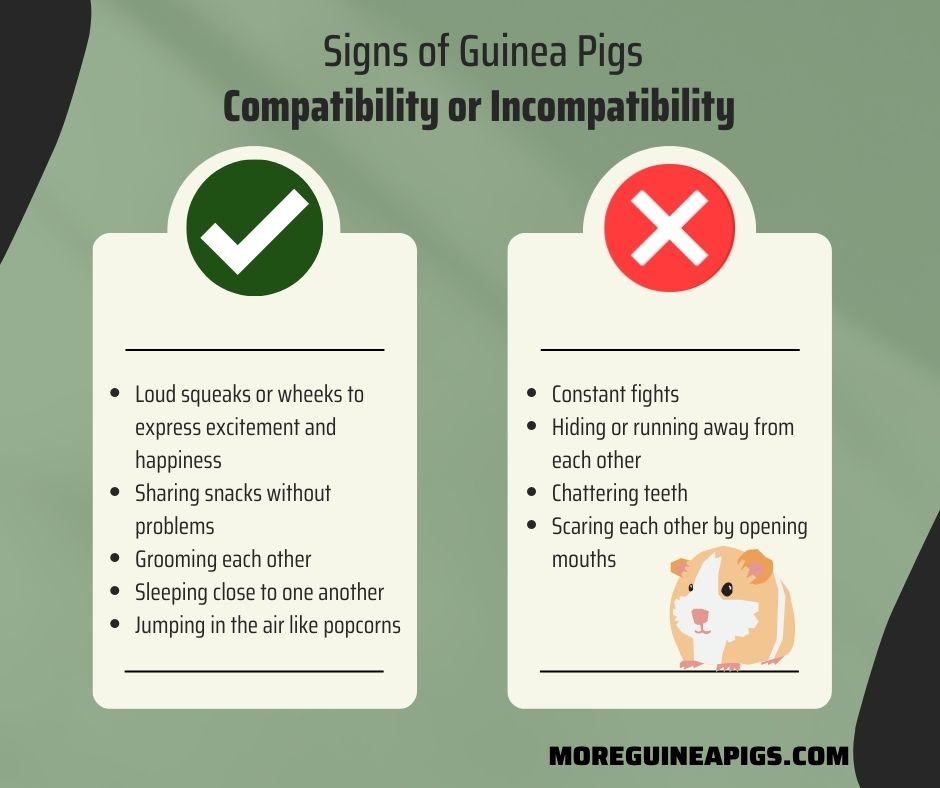
Conclusion
Whenever you can, keep guinea pigs in pairs or trios. They are highly social and vocal animals that like the company of each other.
But if you are going to introduce a new guinea pig to an existing one, make it gradual. Consider the steps in this article for higher chances of success.
Thank you for your time reading this article at Petsive. We appreciate your time and will be grateful if you invite other pet lovers to this article. You can also explore the site for more related posts.


